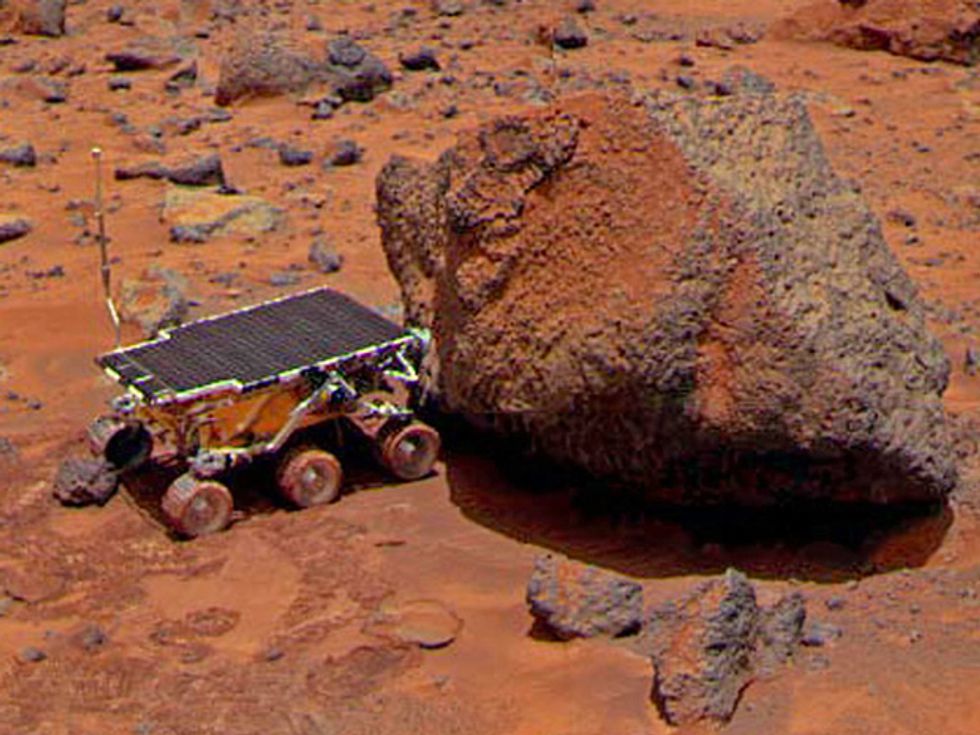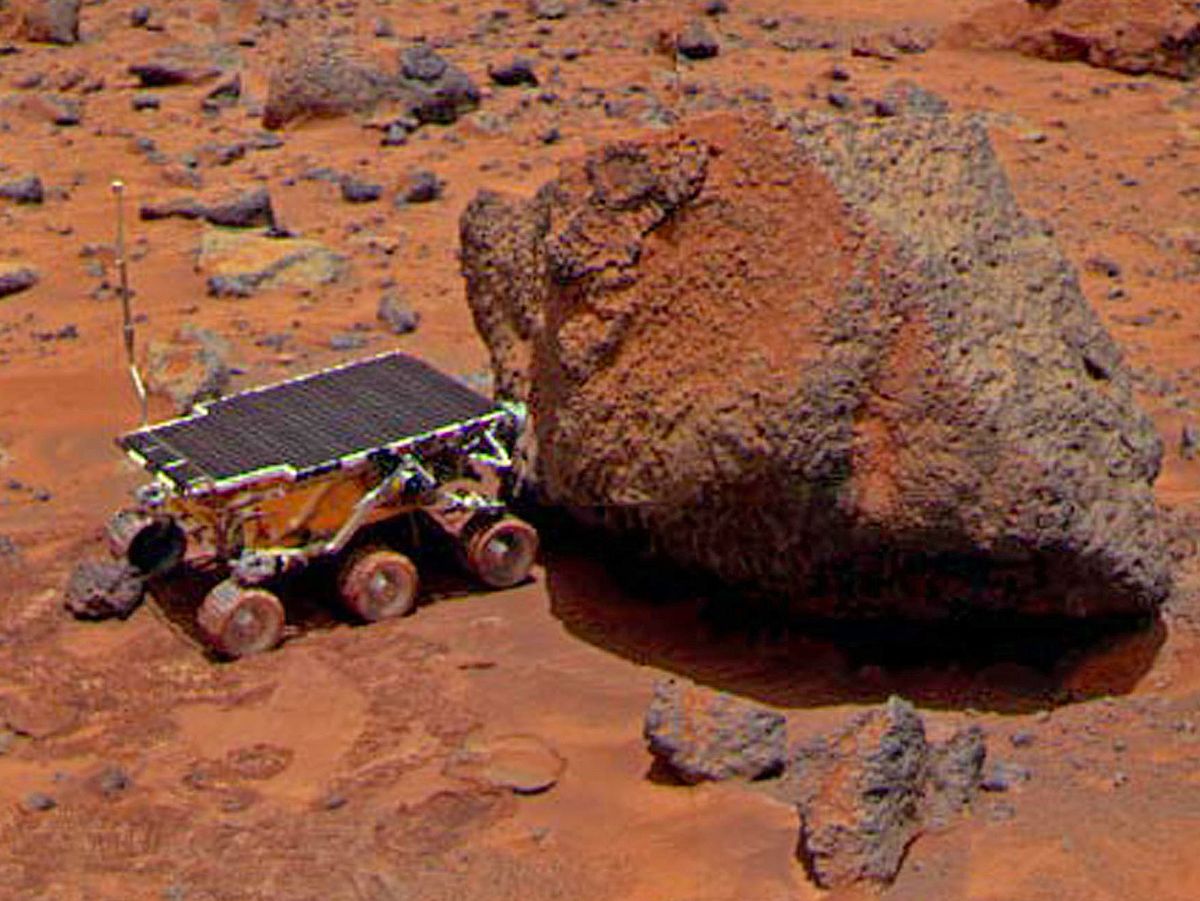
Just how clean does a spacecraft need to be to prevent contaminating another world with Earth microbes? If it’s embarking on a search for life on Mars, the answer so far has been “pretty darn clean.” But not everyone thinks such intense precautions are necessary. Writing in Nature Geoscience,Alberto Fairén, of Cornell University’s department of astronomy, and Dirk Schulze-Makuch, of Washington State University’s School of Earth & Environmental Sciences, argue that this “planetary protection”—beyond what’s needed to prevent false-positive results—should be done away with. They suggest that expensive overprotection of Mars is the reason there haven’t been more missions to the most promising parts of the Red Planet.
According to these researchers, if contamination of the Martian surface was going to occur, it would have happened by now. “We think that if Earth life cannot thrive on Mars, we don’t need any special cleaning protocol for our spacecraft. And if Earth life actually can survive on Mars, it most likely already does, after 4 billion years of meteoritic transport and four decades of spacecraft investigations not always following sterilization procedures,” Fairén says. He is referring to the fact that some of early Earth’s simple organisms likely rode to Mars on meteorites, at a time when these impacts occurred much more frequently.
Catharine Conley, NASA’s planetary protection officer, doesn’t disagree that Earth life could have come to Mars in these ways. “We actually might want to be more careful if we know that there are ancient relatives on Mars,” she says. It’s possible that it might be even harder to distinguish between Earth-reared microbes and their Mars-colonizing cousins than between Earth microbes and native Martian life.
Planetary protection is something astrobiologists take very seriously. In one recent controversy it was revealed that a set of Curiosity’s drill bits had missed the final sanitization step. Preparing a spacecraft requires precision cleaning and two intensive sterilization techniques: dry heat microbial reduction (DHMR) and vapor-phase hydrogen peroxide cleaning. DHMR involves baking away any possible Earth life in an oven set to 111.7 °C for 30 hours. The newly approved vapor-phase hydrogen peroxide cleaning is used on materials that cannot withstand the heat of DHMR. The entire sterilization process must take place in clean rooms, where air is constantly being eliminated and replenished to clear any possible contamination. It’s also important to assess which parts of the spacecraft are expected to burn up in the Martian atmosphere and will obviously not require sterilization.
Conley attacks Fairén and Schulze-Makuch’s claim that NASA’s expensive overprotection is what’s preventing more exploration of Mars’s special regions, where signs of life might exist. “This myth that planetary protection is so expensive comes from the example of the Pathfinder mission, where the developers of that mission didn’t actually realize that planetary protection was necessary,” she says. “When the Pathfinder mission was already starting to build hardware is when it was recognized. Retrofitting planetary protection into a mission where it has not been integrated from the ground up is difficult and expensive.” Doing it from the start, however, adds little to the cost, she says.
Conley says that planetary protection costs could range from US $10 million to $100 million but adds that predicting exact numbers is impossible. Planetary protection is a lot cheaper when the necessary technology already exists. The price of planetary protection on the Viking Mars mission was driven up by the cost of testing newly developed equipment on the probe and ensuring that it could undergo DHMR. (Vapor-phase hydrogen peroxide cleaning hadn’t been approved at the time.) But now that engineers understand which technologies can withstand DHMR and which can’t, protecting other missions is cheaper and easier.
Fairén counters, “If biological contamination of Mars with spacecraft would be actually a risk, you have to sterilize whatever the cost, period. But our point is that such risk does not exist.”
It’s not just up to NASA. The standards of planetary protection are agreed upon by international space agencies. “If NASA were to decide unilaterally [that] we’re not going to do that anymore, we wouldn’t get anybody to play with us. Nobody else would want to participate in our experiments and our missions,” says Conley.
Fairén appreciates that changes in space policies and regulations are made slowly and with consensus, but he thinks other space agencies would follow NASA’s lead on planetary protection. “NASA has been and is by far the most active, experienced, and successful explorer of Mars, so NASA’s voice will be heard everywhere,” he says.



